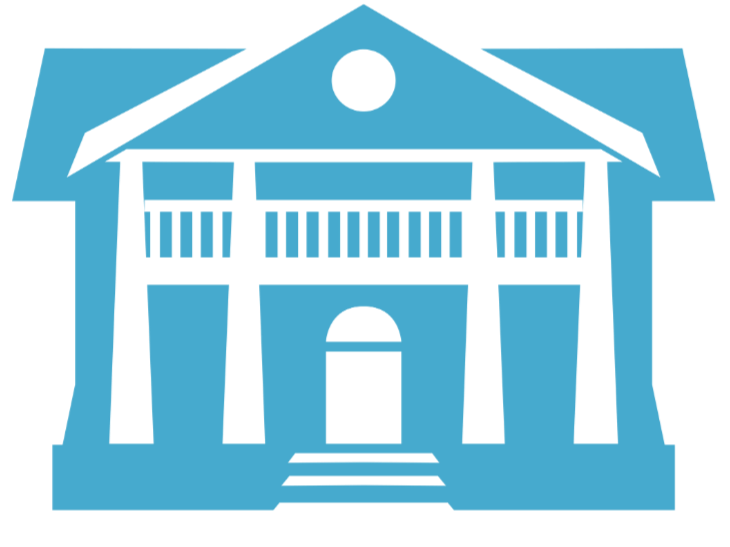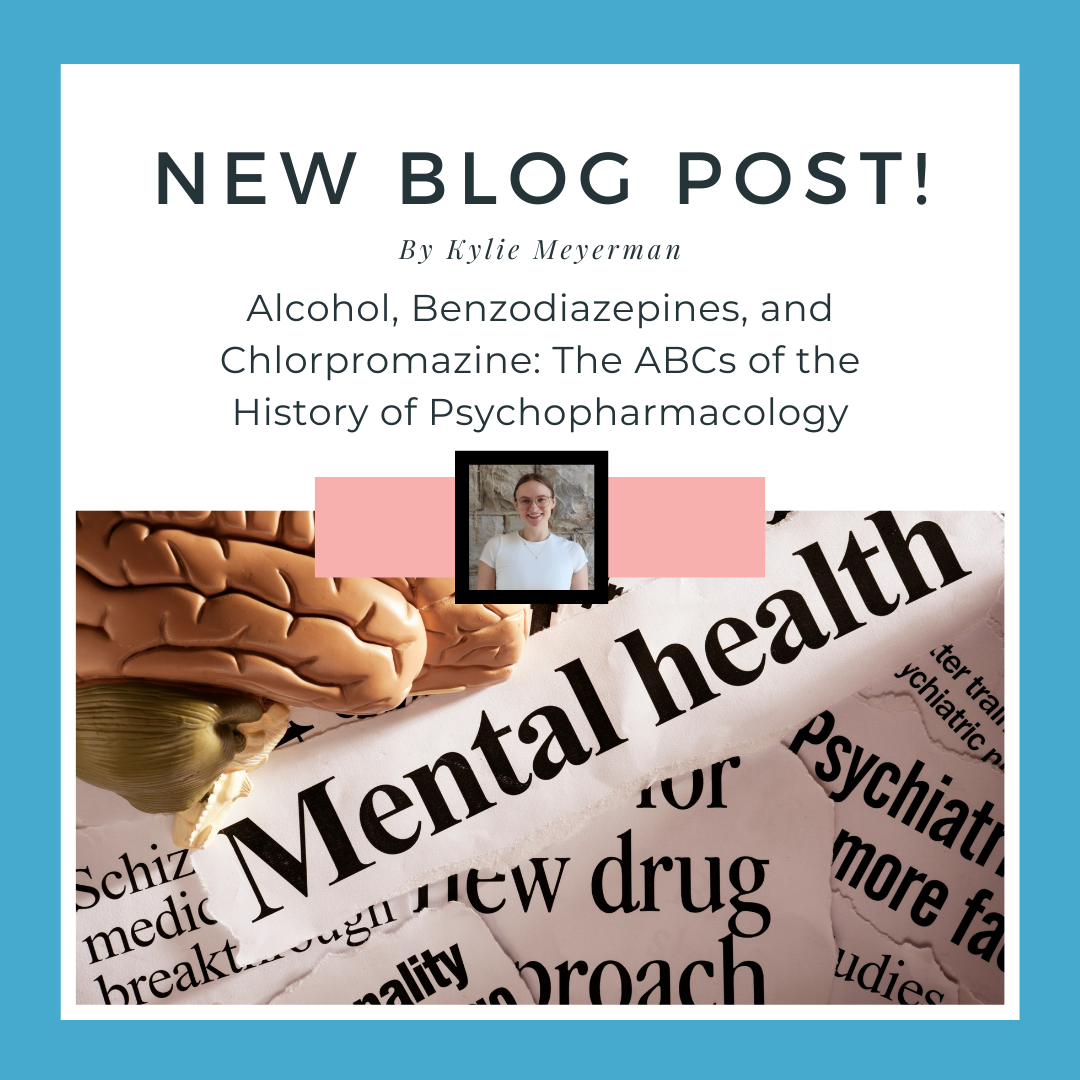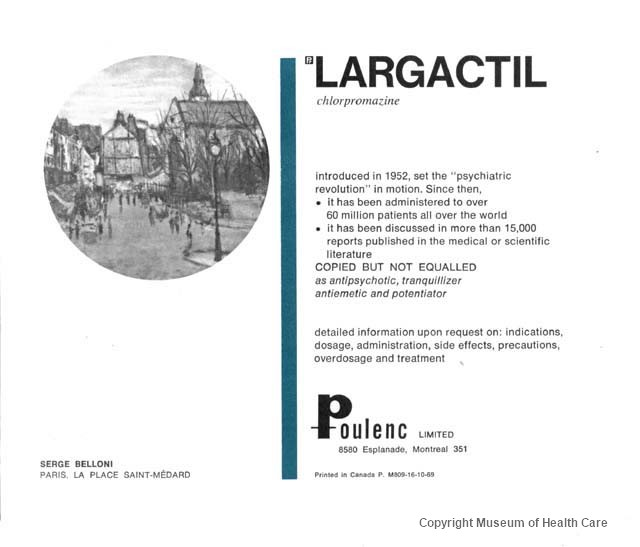Alcohol, Benzodiazepines, and Chlorpromazine: The ABCs of the History of Psychopharmacology
The story of mental health treatment in North America is a fascinating one. In many ways, the field of psychiatry has had a harder time advancing at the same pace as other medical fields due to the absence of obvious, external markers of disease. In fact, even today, we struggle to define and identify psychiatric illnesses and develop reliable, safe, and effective methods to treat them.
You may be interested to learn that it’s the sometimes effortful and sometimes serendipitous process of drug discovery that has driven much of our progress in mental health care. So, let’s take a brief look at some of the biggest leaps and what they meant for the field, focusing on what we might have seen through the years at an institution like Kingston’s very own Rockwood Asylum!
Pre-Pharmacology
Until the mid 20th-century, many of the drugs used before the advent of true psychopharmacology served as a kind of chemical restraint device, seeking to control and sedate rather than rehabilitate.
Alcohol, for example, was commonly used in institutions such as Rockwood as a “mood regulator.” It is evident that this is not a long term solution for mood or other psychiatric disorders, but perfectly illustrates the emphasis on short term attenuation of symptoms rather than treating illness.
Other drugs that stood the test of time in terms of mental health treatment were opiates, cannabis, and cocaine. Therefore, up until the 1930s, some of humanity’s oldest drugs were still some of the most effective. These were regularly used to treat all manner of mental health symptoms, from “melancholia,” to anxiety, to agitation and mania.
By the very late 19th century, a few fairly safe drugs were heavily relied upon, such as bromides, hyoscine hydrobromide (also known as scopolamine, still widely used for motion sickness), and the sedatives paraldehyde and chloral hydrate. Shortly after, a class of strong sedatives called barbiturates were discovered. These were somewhat safer and had a longer period of effect, allowing patients to sleep through the night (which, for the purposes of psychiatric treatment at the time, was a worthy goal). As a result, barbiturates became extremely widespread.
Again, however, none of these could treat psychiatric illness or truly improve symptoms; rather, they masked symptoms and promoted control in psychiatric treatment facilities.
Psychopharmacology’s Big Break
The true beginning of psychopharmacology is often attributed to the discovery of chlorpromazine, marketed as Thorazine, in the early 1950s. Chlorpromazine is an antipsychotic medication, a “tranquilizer,” meaning it could assuage patients without generally sedating them. The active ingredient in chlorpromazine was initially identified when developing dyes from coal tar, then studied as a potential antihistamine. It was in the process of testing it as the latter that a French military surgeon observed its calming effects. The success of chlorpromazine can be attributed in large part to its safe use in controlling seriously aggressive and violent behaviour. Beforehand, lobotomy and electroconvulsive therapy (ECT) were last resorts for patients with such behaviour. The use of chlorpromazine presented a safer, more humane, and more effective alternative that allowed for decreased reliance on these practices.
Around the same time, psychiatric medicine stumbled upon the first tricyclic antidepressant, imipramine (marketed as Tofranil), launched in 1957. This was the first drug which was observed to markedly improve basic depressive symptoms. It seemed to directly offset feelings of hopelessness and demotivation. In fact, the discovery of this drug and others much like it were vital in shaping depression as a distinct disorder. The symptoms these drugs were noted to improve were directly incorporated into the Hamilton Depression Rating Scale (HDRS), a diagnostic tool still widely used today.
Similarly, at the same time in the early 1950s, another class of antidepressants, the monoamine oxidase inhibitors (MAOIs) were introduced. The first successful MAOI compound, iproniazid, was at first being studied as a tuberculosis drug! Researchers began noticing the improved mood of their tuberculosis patients, and the drug took off from there.
Another drug worth noting from this period is lithium. Well-known as a mood regulator, it was revived as a psychiatric drug candidate right before 1950. Lithium, along with chlorpromazine and a similar tranquilizer called reserpine were the subject of the first randomized controlled trials (RCTs) in psychiatric medicine, studies in which, notably, random participants were assigned to control conditions. RCTs are now considered the absolute gold standard of clinical evidence.
Finally, this era was also responsible for immense progress in anti-anxiety tranquilizers like the benzodiazepines Librium and Valium. Launched in 1963, Valium “became the most widely prescribed drug in the world between 1968 and 1981 and was the first drug in history to reach sales of more than $100 million,” becoming known as a real “blockbuster drug” (Braslow & Marder, 2019, p.33).
Into the Modern Era
Following the big pharmaceutical boom of the 1950s and 60s, the next two decades were characterized by a relative lack of discovery of fundamentally new or better drugs.
The next biggest leap occurred during the mid-1980s with the rediscovery of an antipsychotic drug called clozapine, which seemed to bypass the assumed unavoidable motor side effects of all existing antipsychotic drugs. This observation resulted in a neuroscientific breakthrough about the mechanism of antipsychotic drugs, and opened the door for new mechanisms of action that has allowed for the development of numerous important antipsychotics all throughout the remainder of the 20th-century and beginning of the 21st.
The late 1980s also brought in the rise of the selective serotonin reuptake inhibitors (SSRIs). Research into the role of serotonin in depression had been fairly latent since the 1950s, until the pharmaceutical company Eli Lilly reopened the investigation. This resulted in the discovery of fluoxetine, or the legendary Prozac, launched in 1988. Another SSRI, sertraline (or Zoloft), soon followed. Prozac became the biggest drug since Valium, and achieved an impressive reputation for being able to cure any depression (supposedly). It was viewed as a fundamental leap in psychopharmacology.
Looking Back
The history of psychopharmacology need not be just a list of drug names and dates. A reflection on this history reveals several major impacts the pharmaceutical industry had on the entire field of mental health care.
First, advances in psychopharmacology fundamentally changed the way we understood mental illness. The advent of psychotropic drugs opened the door for a much more biological approach to mental health, revealing the neurobiological bases of psychiatric illness, characterizing it as a physiological event that, however complicated, can be treated.
Psychopharmacology also fundamentally re-structured mental health care practices. These medications allowed health care facilities to move away from control and sedation and towards effective outpatient care that allowed for greater patient respect and autonomy.
Finally, psychotropic drug development helped signal a new era of scientific methodology, fundamentally changing the way we study and approve new drugs for the market.
The path to where we are today in terms of psychopharmacology has certainly been winding, full of serendipity, lulls, booms, blockbusters, and busts, making it exemplary of the often wild and always-relevant world of medical history.
Bibliography
Ban, T.A., 2004, April. Neuropsychopharmacology and Pharmacotherapy in Psychiatry. In European Psychiatry (Vol. 19, pp. 27S-28S). 23 Rue Linois, 75724 Paris, France: Editions Scientifiques Médicales Elsevier.
Braslow, J.T. and Marder, S.R., 2019. History of psychopharmacology. Annual review of clinical psychology, 15(1), pp.25-50.
Shorter, E., 2008. Before Prozac: The troubled history of mood disorders in psychiatry. Oxford University Press.
Shorter, E., 2009. The history of lithium therapy. Bipolar disorders, 11, pp.4-9.
Whitaker, R., 2005. Anatomy of an epidemic: Psychiatric drugs and the astonishing rise of mental illness in America. Ethical Human Psychology and Psychiatry, 7(1), p.23.
About the Author
Kylie Meyerman (Summer Staff 2024)
Kylie is a graduate of the Bachelor of Health Sciences program at McMaster University. She is in now her first year of medical school at McMaster, Niagara Regional Campus. When she is not hard at work she can be found reading Stephen King, eating tofu, and playing simulator games.







